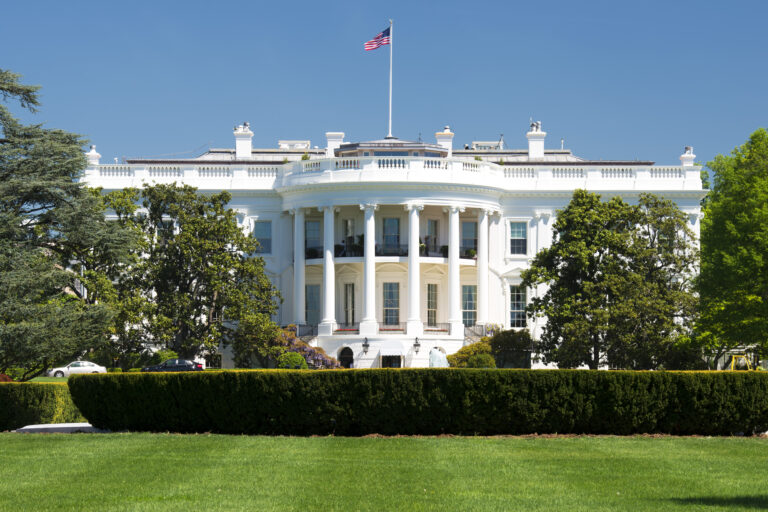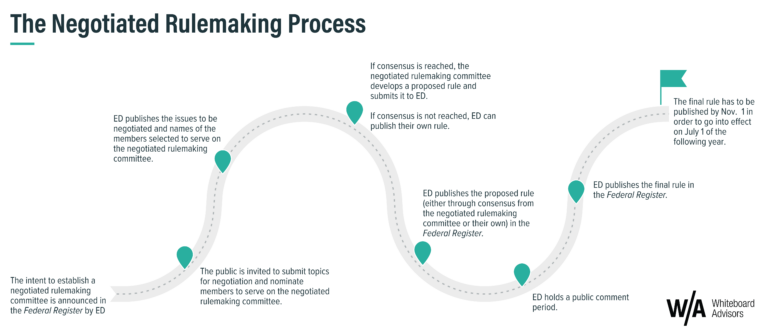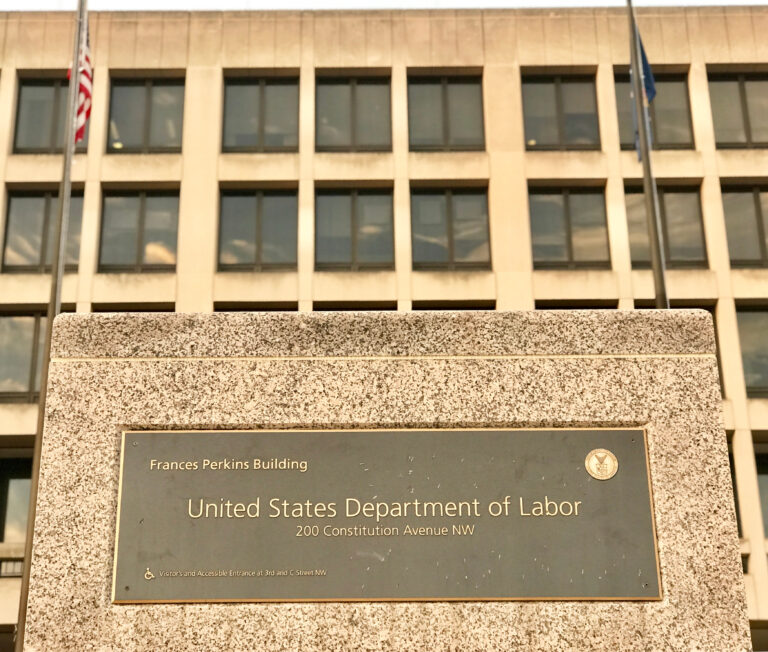by Alison Griffin
In the wake of the 2016 election, we conducted a special edition of Education Insider focused on higher education trends and predictions. More than 9 in 10 Insiders predicted that the gainful employment rule would be reopened by President Trump, Congress, or both. The next round of gainful employment negotiated rulemaking is underway. Here are the top five things you need to know about the process.
-
What is negotiated rulemaking? The Higher Education Act (HEA) requires the US Department of Education (ED) to draft regulations for various programs only after convening representatives of the stakeholder communities who will be most affected by the new federal rules. Administrative law and policy wonks call it “Neg Reg” because, well, because everything in Washington is abbreviated.
-
How does it work? ED calls for stakeholders to suggest individuals to represent the impacted communities. Chosen representatives then agree to a series of meetings (typically three) that a neutral third party facilitates. ED chooses the participants and the facilitator. (See where this is going?) The objective is to reach consensus on the final regulations.
-
Who is participating? In the case of the “gainful employment” regulations, ED identified 17 different “communities of interest.” You can the list of those communities and their selected representatives here.
-
What happens if the representatives cannot reach consensus? If the representatives reach consensus, then ED must publish the regulations as agreed upon for public comment. If they do not reach agreement? This is where it gets entertaining. ED may craft its own rules based-on (but not bound by) the negotiations. Keep in mind that “consensus” means agreeing with what ED originally proposed.
-
What’s next? In the case of the “gainful employment” Neg Reg, the representatives met once in December to kick-around the initial issues. ED is reconvening the team in early February to discuss specific regulatory language and cover the topics outlined in issue papers released by the Department of Education, today.
ED will bring everyone back in March to complete the work. And when the meetings conclude, ED will review what it learned, draft the final rules, and post them for final public comment. The final rule, if published by November 1, 2018 will go into effect July 1, 2019.
Want to learn more about what’s ahead in 2018? Check out Whiteboard Advisors’ cheat sheet, here.



